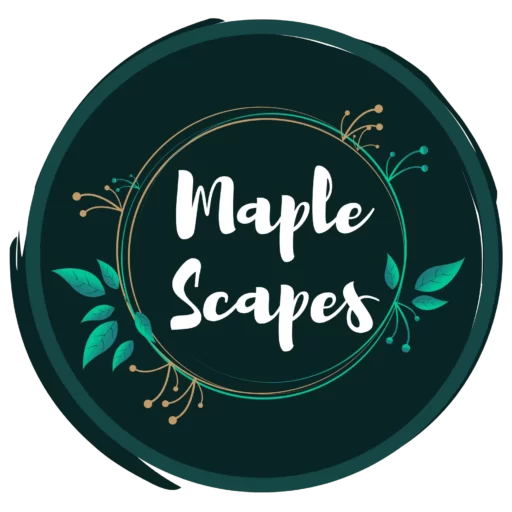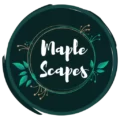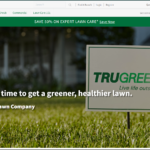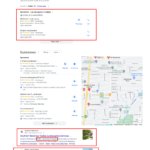Landscaping rocks are a versatile and attractive way to enhance your outdoor spaces. They add texture, color, and dimension to gardens, pathways, and other areas.
Different types of landscaping rocks can easily create a beautiful and functional outdoor environment. Below are some landscaping rocks and ideas for using them in your yard.
Benefits of Landscaping Rocks
- Landscaping Rocks are low maintenance. Once installed, they require minimal upkeep.
- They are durable. They withstand weather changes and last long.
- Rocks can also help prevent weed growth.
- They reduce water evaporation from the soil.
Selecting the Right Size and Type
Small Rocks (Pea Gravel, Marble Chips): These are suitable for pathways, garden beds, and as mulch.
Medium Rocks (River Rocks, Lava Rocks): These are suitable for borders, water features, and accent pieces.
Large Rocks (Boulders, Flagstones): These are best for focal points, retaining walls, and patios.
Preparing the Base
- Excavate the area to a depth of 4-6 inches.
- Lay landscape fabric to prevent weed growth.
- Add a base layer of gravel or sand for stability and drainage.
Different Types of Landscaping Rocks
1. River Rocks
River Rocks are smooth and round in texture. The rocks come in various sizes and shades of grey, brown, and tan.
These landscaping rocks are ideal for pathways, dry riverbeds, borders and water features due to their smooth texture.
The layer should be about 2-3 inches deep.

Pricing: Approximately $100 per cubic yard.
Coverage: 1 cubic yard covers around 100 square feet at a 3-inch depth.
Types:
- Single Colour
- Multi Colour

River rocks are naturally smoothed by water, making them perfect for creating serene, natural-looking features in your garden.
2. Gravel
Gravels are small, crushed stones available in white, grey, and multicolored colors.
Gravels are suitable for driveways and pathways and as a base for pavers. These are also used in garden beds to improve drainage.
The layer should be about 2-3 inches deep.
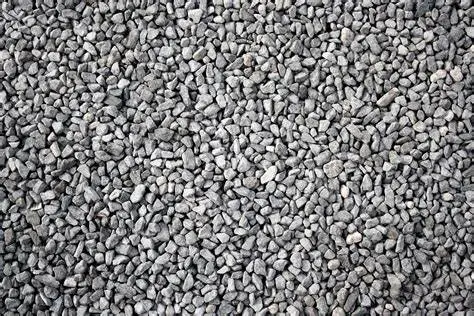
Pricing: Around $50 per cubic yard.
Coverage: 1 cubic yard covers 100 square feet at a 3-inch depth.
Types:
- Single Colour
- Multi Colour
Gravel improves drainage and provides a stable base for other structures.
3. Lava Rocks
Lava Rocks are porous and lightweight, usually red or black.
Lava Rocks are excellent for mulch in garden beds, retaining moisture, and deterring weeds. Lava Rocks are also used in fire pits and decorative accents.
The layer should be about 2-3 inches deep.

Pricing: Approximately $75 per cubic yard.
Coverage: 1 cubic yard covers 100 square feet at a 3-inch depth.
Types:
- Red Lava Rocks
- Black Lava Rocks


Lava rocks are volcanic and add a unique texture to any landscape.
4. Flagstone
Flagstones are flat and come in irregular shapes and colors like red, blue, and grey.
These landscaping rocks are suitable for patios, walkways, and stepping stones. Its natural look is perfect for rustic designs.
Lay about 2 inches of sand or gravel base.

Pricing: Around $300 per ton.
Coverage: 1 ton covers about 80-100 square feet.
Types:
- Red Flagstone
- Blue Flagstone
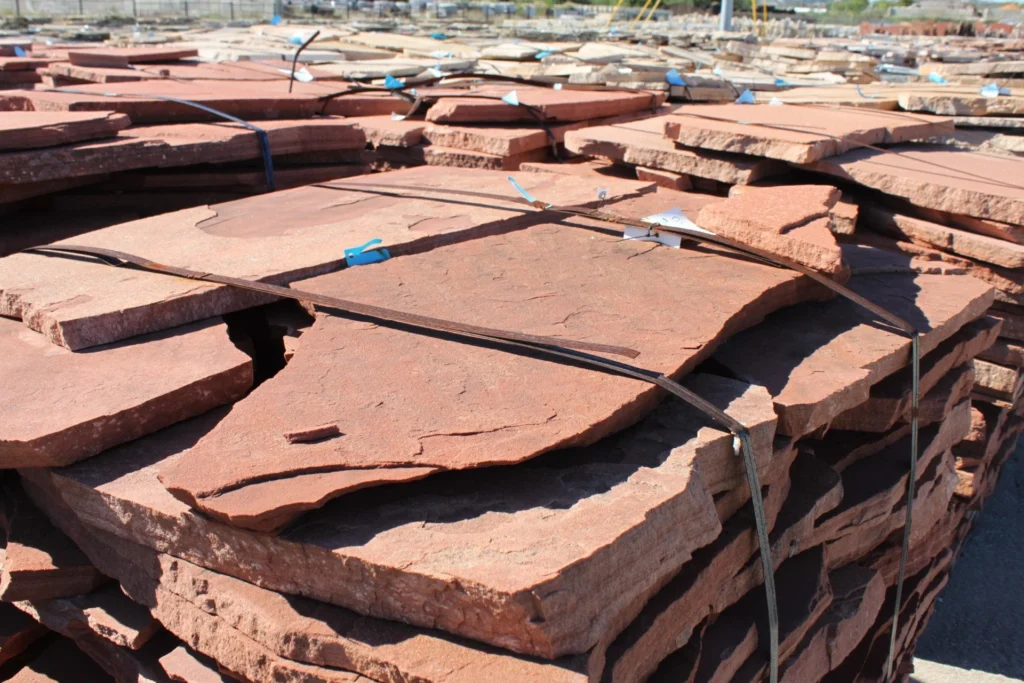
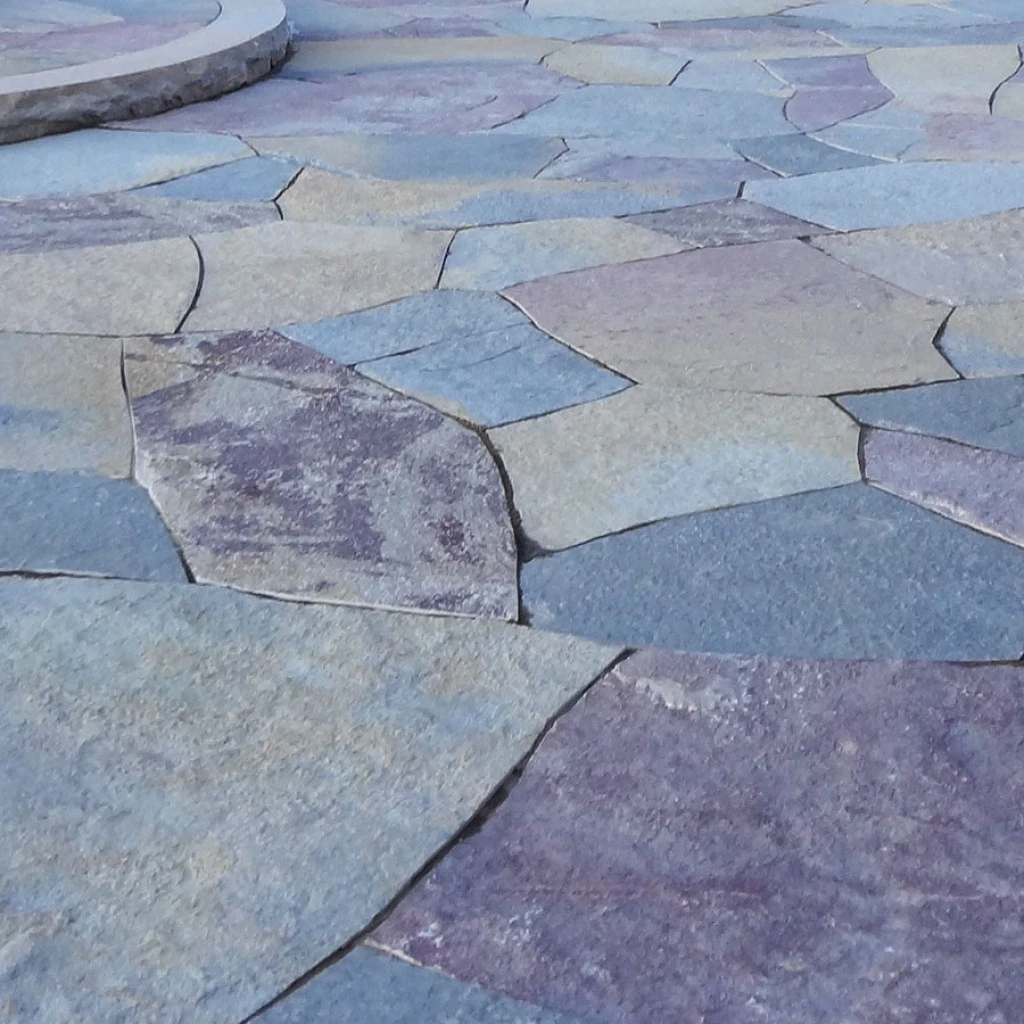
Flagstones create natural, rustic pathways and patios.
5. Boulders
Boulders are usually large rocks, available in different shapes, sizes, and colors.
Boulders have great focal points in a landscape. These can create rock gardens, retaining walls, and natural seating areas.
Directly placed on the ground; ensure stability.

Pricing: $100 to $200 per ton.
Coverage: It depends on size and usage.
Types:
- Single Colour
- Multi Colour

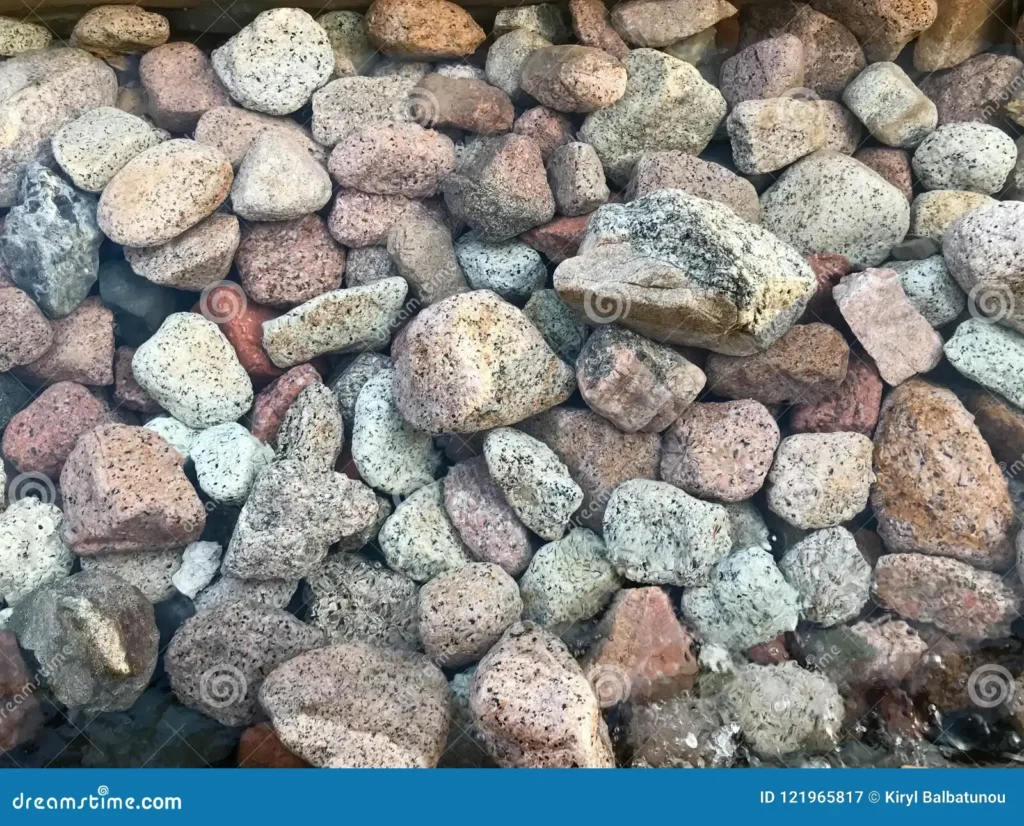
Boulders are ideal for creating dramatic, natural-looking features.
6. Marble Chips
Marble Chips are small, white stones that add elegance to any landscape.
Marble Chips are great for garden borders, walkways, and flower beds as a top layer. They reflect light, brightening up shady areas.
The layer should be about 2-3 inches deep.
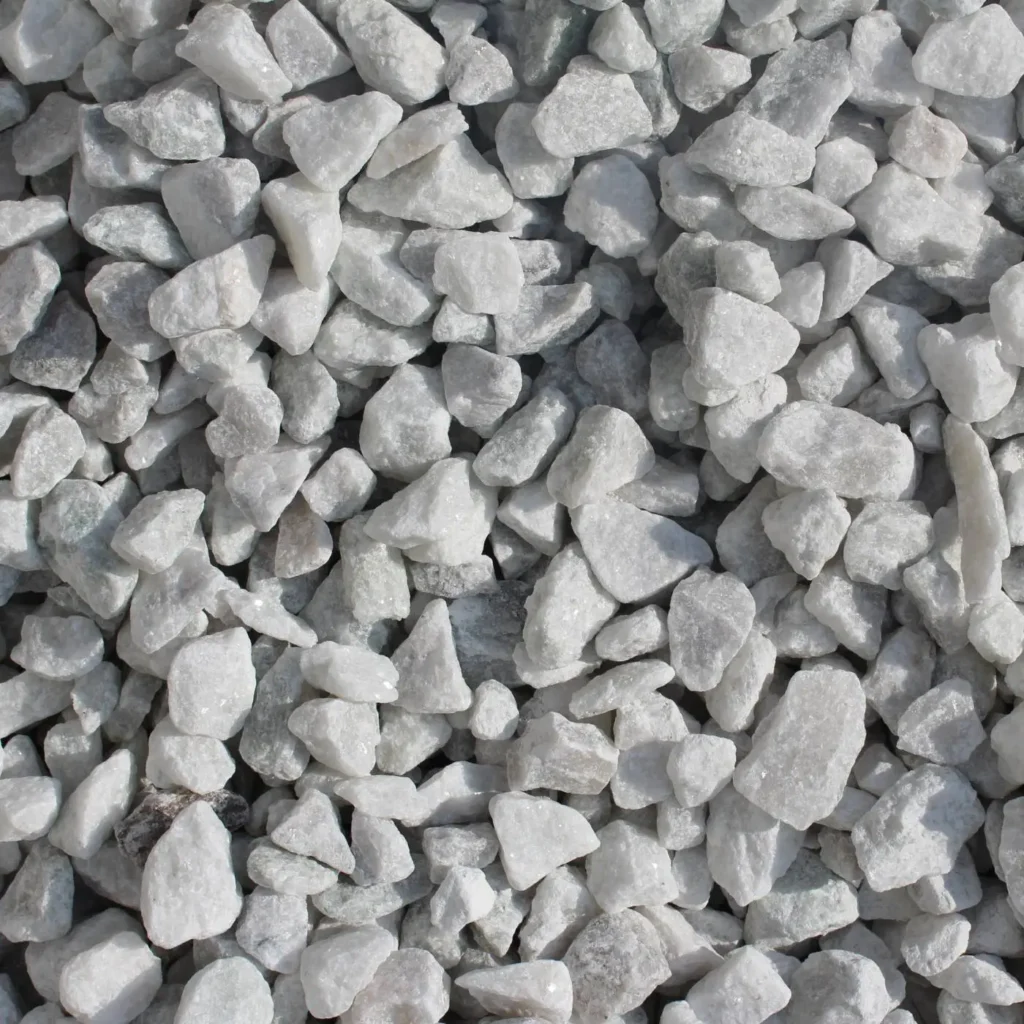
Pricing: Around $200 per cubic yard.
Coverage: 1 cubic yard covers 100 square feet at a 3-inch depth.
Types:
- White Marble Chips
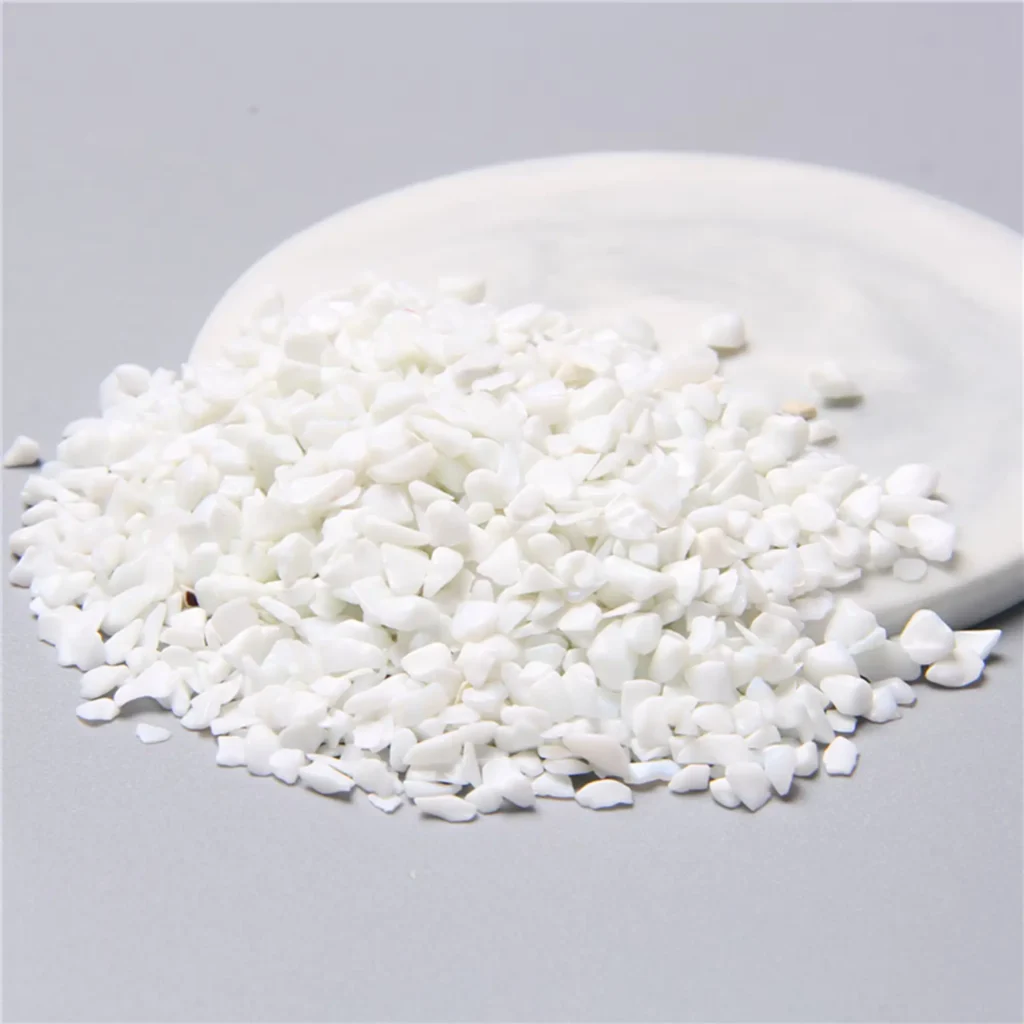
Marble chips reflect light, brightening up shady areas and adding a touch of sophistication.
7. Decomposed Granite
Decomposed Granites are finely crushed stone that compacts well, in colors like tan, gold, and reddish-brown.
These landscaping rocks are perfect for pathways, driveways, and as a base material for other features. They give a natural look and are easy to maintain.
The layer should be about 3-4 inches deep.

Pricing: Around $75 per cubic yard.
Coverage: 1 cubic yard covers 80-100 square feet at a 3-inch depth.
Types:
- Tan Decomposed Granite
- Gold Decomposed Granite
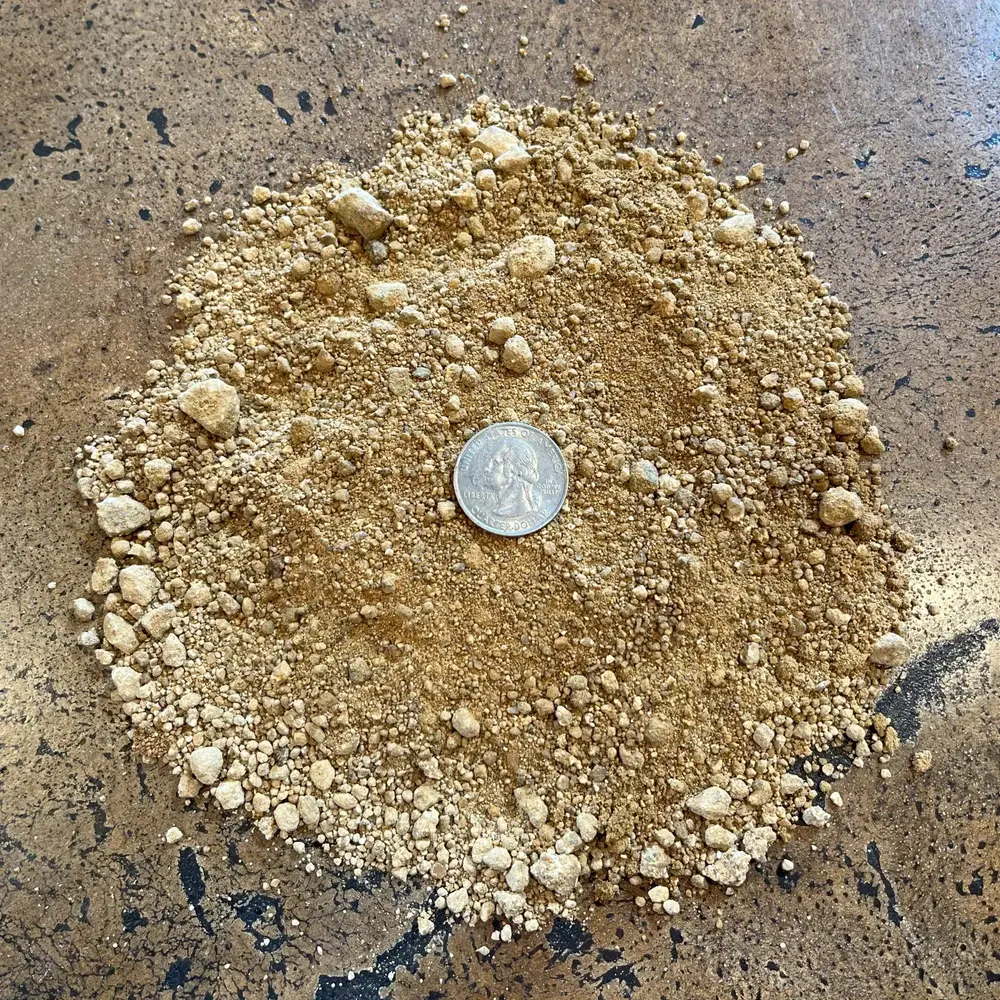
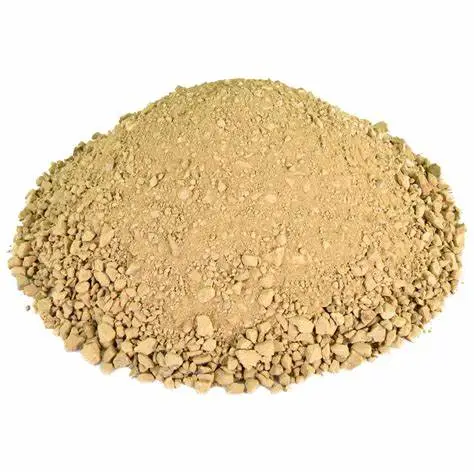
Decomposed granite provides a natural look and is easy to maintain.
8. Slate Chips
Slate Chips are thin, flat slate in grey, black, and blue shades.
Great for a modern, sleek look in gardens and pathways. Slate chips can also be used as mulch.
The layer should be about 2-3 inches deep.

Pricing: Approximately $100 per cubic yard.
Coverage: 1 cubic yard covers 100 square feet at a 3-inch depth.
Types:
- Gray Slate Chips
- Black Slate Chips


Slate chips add a contemporary feel to any landscape design.
9. Sandstone
Sandstone is available in colors like beige, red, and brown, with a soft, natural texture.
These landscaping rocks are suitable for walls, pathways, and garden edging. Sandstone’s earthy tones blend well with natural landscapes.
The layer should be about 2-3 inches deep.
Pricing: Around $150 per ton.
Coverage: 1 ton covers about 80-100 square feet.
Types:
- Beige Sandstone
- Red Sandstone

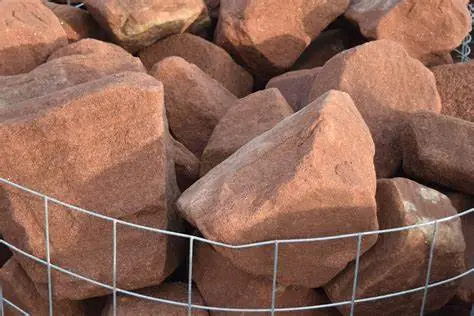
Sandstone’s earthy tones blend well with natural landscapes.
10. Pea Gravel
Pea Gravel is small, rounded stones, usually in shades of brown, tan, and white.
These are perfect for pathways, driveways, and as a base for pavers. Provides a smooth, comfortable surface for walking.
The layer should be about 2-3 inches deep.

Pricing: Around $60 per cubic yard.
Coverage: 1 cubic yard covers 100 square feet at a 3-inch depth.
Types:
- Brown Pea Gravel
- White Pea Gravel


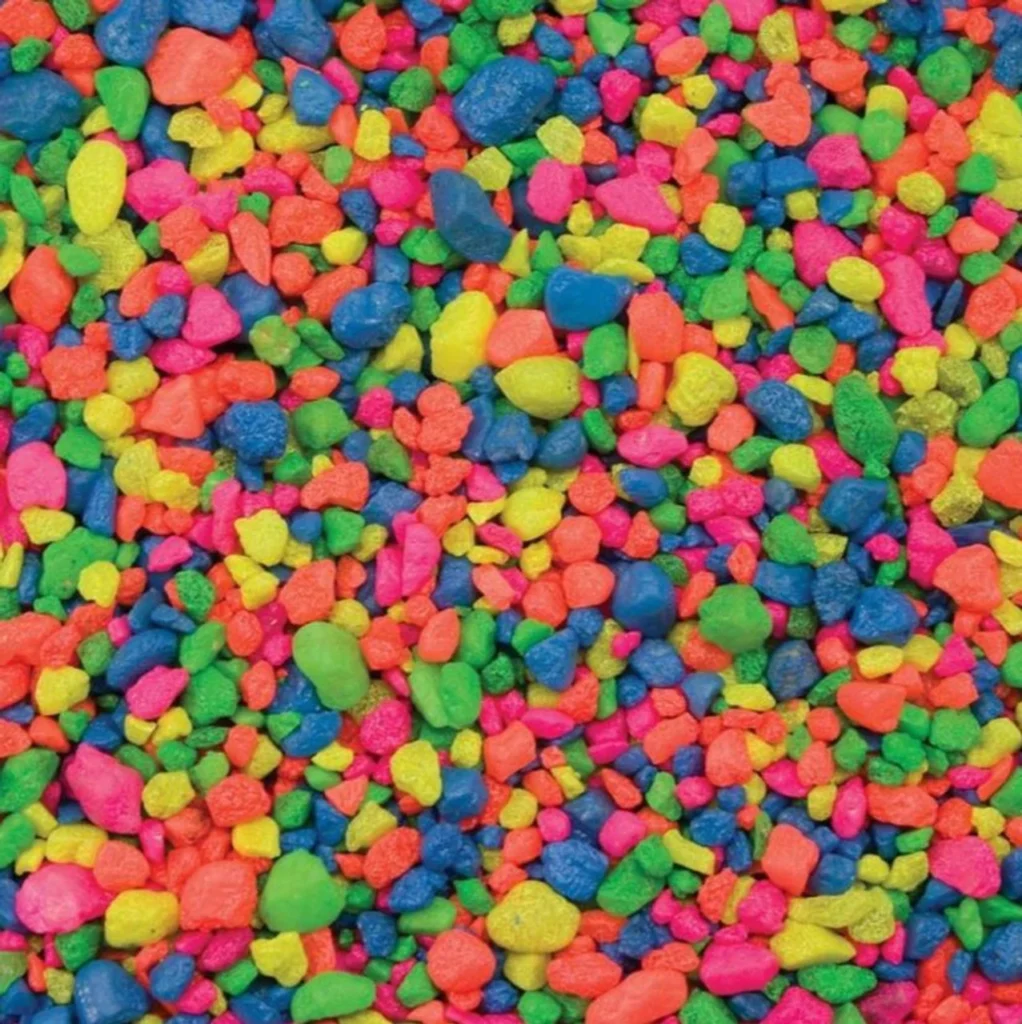
Pea gravel provides a smooth, comfortable surface for walking.
11. Cobblestone
Cobblestones are rounded stones in various sizes and colors, typically grey and brown.
Cobblestones are ideal for creating rustic pathways, driveways, and garden borders. It adds an old-world charm.
The layer should be about 3-4 inches deep.

Pricing: Around $300 per ton.
Coverage: 1 ton covers about 80-100 square feet.
Types:
- Gray Cobblestone
- White Cobblestone


Cobblestones are made from durable stones like granite or basalt, adding old-world charm.
12. Crushed Stone
Crushed Stones are angular rocks in various sizes and colors, commonly grey.
These are used as a base material for driveways, pathways, patios for drainage, and as ground cover.
The layer should be about 3-4 inches deep.

Pricing: Around $50 per cubic yard.
Coverage: 1 cubic yard covers 100 square feet at a 3-inch depth.
Types:
- Gray Crushed Stone
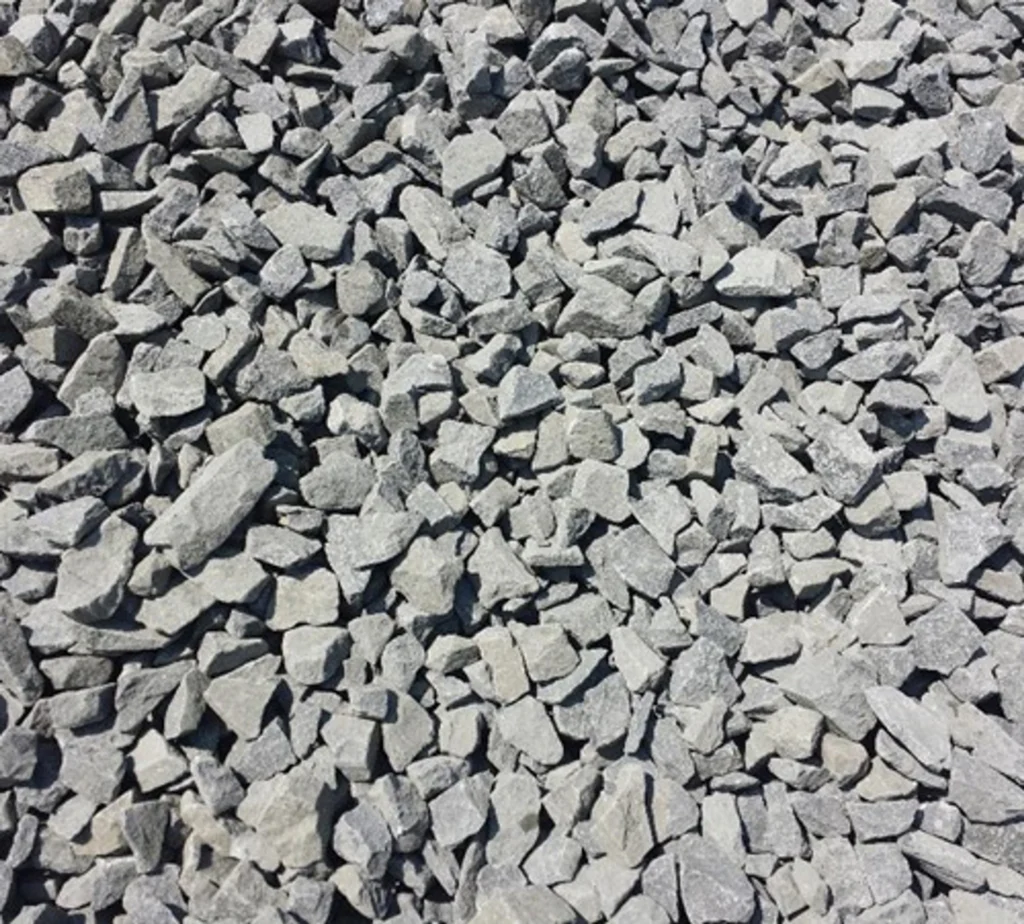
Crushed stone provides excellent drainage and a stable base for other landscaping features.
13. Fieldstone
Fieldstones are naturally occurring and come in irregular shapes and colors like grey, brown, or red.
These are excellent for retaining walls, garden borders, and rustic pathways.
Place it directly on the ground.

Pricing: Around $150 per ton.
Coverage: It depends on size and usage.
Types:
- Gray Fieldstone
- Brown Fieldstone


Fieldstones add a natural, rustic touch to your landscape.
14. Quartzite
Quartzites are hard, metamorphic rocks in white, grey, and pink colors.
Uses are ideal for decorative accents, pathways, and garden borders. Durable for high-traffic areas.
The layer should be about 2-3 inches deep.
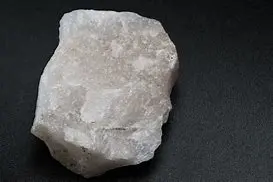
Pricing: Approximately $100 per ton.
Coverage: 1 ton covers about 80-100 square feet.
Types:
- White Quartzite
- Pink Quartzite
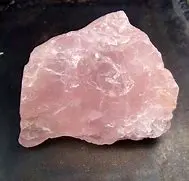

Quartzite is durable and perfect for high-traffic areas.
15. Mexican Beach Pebbles
Mexican Beach Pebbles are smooth, rounded pebbles in black, grey, and blue shades.
These rocks are great for decorative accents, pathways, and garden borders. Its unique color and smooth texture suit modern landscapes.
The layer should be about 2-3 inches deep.

Pricing: Around $500 per ton.
Coverage: 1 ton covers about 80-100 square feet.
Types:
- Black Mexican Beach Pebbles
- Grey Mexican Beach Pebbles


Mexican beach pebbles add a unique, modern touch with smooth texture and striking colors.
Design Ideas
1. Dry Riverbed
Mimic a natural stream using landscaping river rocks and gravel.

Implementation: Choose an area where water naturally flows or where you can direct water runoff. Dig a shallow trench, line it with landscape fabric, and fill it with river rocks and gravel. Plant drought-resistant plants along the edges.
2. Rock Garden
Use a mix of landscaping rocks, boulders, and plants for a low-maintenance garden.

Implementation: Arrange boulders and larger rocks first, then fill gaps with smaller rocks and gravel. Plant succulents and other drought-tolerant species between rocks.
3. Flagstone Patio
Create a beautiful, durable patio.
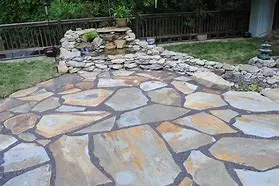
Implementation: Excavate the area, lay a compacted gravel base, and arrange the flagstones. Fill gaps with sand or gravel and add a smaller rocks or bricks border.
4. Rocky Pathway
Design a natural, rustic pathway.

Implementation: Mark the path, excavate, and lay landscape fabric. Fill with gravel or decomposed granite and edge with larger rocks or metal edging.
5. Water Feature
Create a tranquil water feature.

Implementation: Choose a spot for a pond or fountain. Use river rocks, flagstones, and boulders to create a natural look. Add aquatic plants and decorative elements like a small bridge or stepping stones.
6. Boulder Retaining Wall
Build a sturdy, attractive retaining wall.
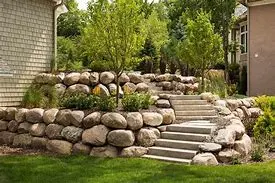
Implementation: Excavate the area, place the largest boulders at the bottom, and stack smaller ones on top. Fill gaps with gravel or smaller rocks to stabilize the wall.
7. Marble Chip Borders
Create elegant borders for flower beds and pathways.

Implementation: Lay landscape fabric and spread marble chips evenly. The white color contrasts beautifully with the green plants.
8. Slate Chip Mulch
Enhance garden beds and pathways with slate chips.

Implementation: Lay landscape fabric to prevent weeds and spread a thick layer of slate chips. The dark color contrasts strikingly with the green foliage.
9. Sandstone Pathways
Create natural-looking pathways.

Implementation: Arrange large sandstone pieces along a path, filling gaps with smaller stones or gravel.
10. Pebble Mosaic
Design intricate patterns using Mexican beach pebbles.
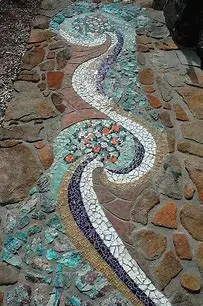
Implementation: Lay a design and embed the pebbles in concrete or mortar for unique stepping stones or decorative accents.
Tips for Using Landscaping Rocks
- Plan and Design: Sketch your design and plan rock placement, considering size, color, and texture.
- Prepare the Area: Excavate, lay landscape fabric, and add a base layer of gravel or sand.
- Combine Different Types: Mix rock types for visual interest and texture.
- Consider Maintenance: Some rocks may need occasional raking; landscape fabric reduces weed growth.
- Balance and Harmony: Distribute rocks evenly to avoid clutter.
- Enhance with Plants: Choose plants that thrive in your climate and consider their water needs.
FAQs
Answering most frequently asked questions from our clients:
What does 1 ton of landscape rock cover?
It covers 80-100 square feet.
How much area does 1 cubic yard of rock cover?
1 cubic yard of rock covers 100 square feet at a 3-inch depth.
Are rocks cheaper than mulch?
No, generally, mulch is cheaper.
What size rock is best for landscaping?
Depending on use: pea gravel for pathways, boulders for focal points, and others as per need.
Do you need to put anything under landscaping rocks?
Yes, it is recommended to use landscape fabric to prevent weeds.
What is the cheapest rock to use for landscaping?
Gravel. It costs around $50 per cubic yard.
What are the cons of landscaping rocks?
There are multiple cons to landscaping rocks, such as their high cost, difficulty moving, and lack of decomposition.
How much rock do I need for 100 sq ft?
100 sq ft requires 1 cubic yard of rocks.
How many inches deep should rock be for landscaping?
It depends on the type of rock. But generally, it is 2-4 inches deep.
Do rocks add value to your home?
Yes, they enhance curb appeal.
Do rocks or mulch attract bugs?
Mulch can, but rocks are less likely to attract bugs.
What is the difference between gravel and base?
The fundamental difference between Gravel and base is that Gravel is decorative, whereas base is for stability and drainage.
Why are my rocks turning black?
There might be dirt accumulation or growth of algae.
What is the best tool for removing landscape rocks?
One of the best tools for landscape rock is a Rake or shovel.
How do you make landscape rocks look wet permanently?
A clear sealant is recommended to make landscape rock wet permanently.
Will bleach clean landscape rocks?
Yes, but use diluted and rinse thoroughly.
What can you spray on landscape rocks to make them shiny?
Clear outdoor sealant should be used to make the landscape rock more shiny.
How do you keep rocks from sinking into dirt?
You can use landscape fabric and a gravel base to prevent rocks from sinking into dirt.
What are Decorative Fines (Chat)?
Decorative Fines are finely crushed rock used for paths and as a base.
Conclusion
Landscaping rocks can be used in multiple ways to enhance the beauty of outdoor spaces.
Their natural beauty and versatility make them perfect for any design.
Learning about the different types of rocks and exploring creative ideas can turn your yard into a beautiful and functional area.
